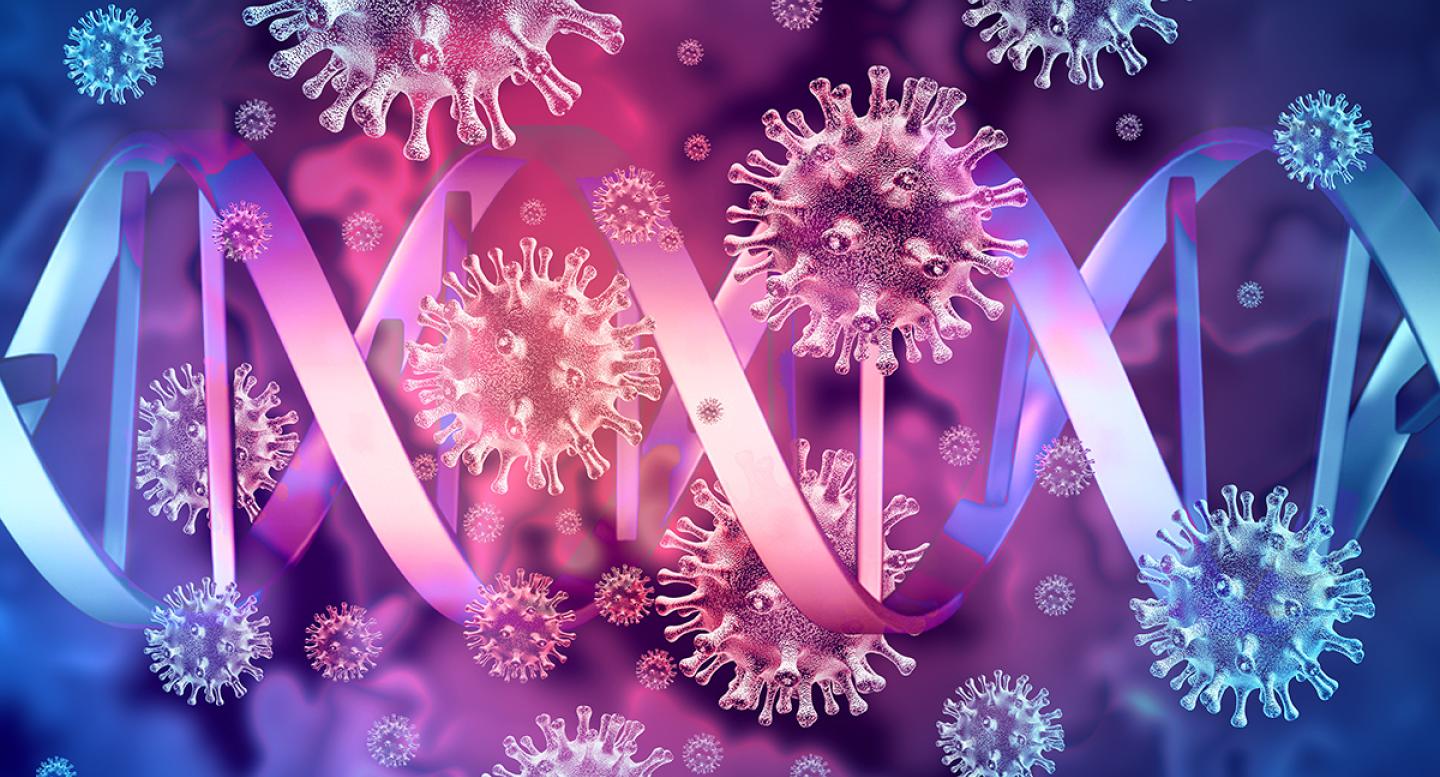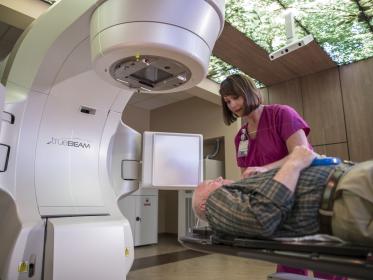What is Brachytherapy?
Brachytherapy, also called internal radiation, is an advanced cancer treatment that places radioactive seeds or sources in or near the tumor. This delivers a dose of radiation to the tumor while reducing the radiation exposure to healthy tissue. Brachytherapy may be used alone, or in combination with other radiation therapy procedures. Brachytherapy can be delivered in a high dose or a low dose. The dose of radiation through brachytherapy depends on the size of the tumor, location, and the sensitivity to radiation.
Permanent Seed Implants
In 1999, the Radiation Oncology department was the first in the region to offer prostate seed implants. Since then, we’ve performed 1,600 prostate seed implants.
In the procedure, radioactive palladium-103 seeds are implanted in the prostate gland under ultrasound guidance. The number of seeds, and where they are placed, is determined by a computer-generated treatment plan tailored for each patient. Usually 40 to 100 seeds are implanted. Seed implants are relatively low-energy sources.
A radiation oncologist and urologist perform the procedure together. Both physicians are involved in all aspects of the implantation, from the planning to the post-operative care. During the procedure, the urologist provides ultrasound guidance, and the radiation oncologist places the radioactive seeds.
The implants remain in place permanently, and become biologically inert after a period of months. This technique allows radiation to be delivered to the prostate over a period of time with limited damage to surrounding tissues.
High Dose Rate (HDR) Brachytherapy
High Dose Rate Brachytherapy uses a radioactive source to eliminate cancerous cells, similar to other radiation therapies. An applicator is positioned in or near the tumor and filled with radioactive material (iridium-192) for five to 15 minutes. Usually two to five treatments are given over a period of days or weeks.
A precise dosage of radiation, as prescribed by the radiation oncologist, is automatically delivered through the applicator. The radiation treatment staff constantly monitor treatment and maintain contact with patients throughout the procedure.
After treatment, the system returns the radioactive source into the protective storage unit. For most treatment sites, patients should be able to return home and normal activity immediately following treatment. There are no side effects like nausea, hair loss or diarrhea following this procedure. Patients are not radioactive during or after the treatment.
Prostate Brachytherapy
Prostate brachytherapy is a procedure to implant radioactive seeds into the prostate gland to kill prostate cancer cells. Implants may be short-term or permanent. They may give off high or low amounts of radiation.
Brachytherapy takes 30 minutes or more, depending on the type of therapy you have. Before the procedure, you will be given medicine so that you do not feel pain. You may receive:
- A sedative to make you drowsy and numbing medicine on your perineum (the area between your anus and rectum).
- Spinal anesthesia. You will be drowsy but awake, and numb below your waist.
- General anesthesia. You will be asleep and pain-free.
Brachytherapy is often used for men with smaller prostate cancer that’s found early and slow-growing. Brachytherapy has fewer complications and side effects than standard radiation therapy. You will also need fewer visits with the doctor.
Gynecologic HDR Radiation Therapy
High-dose-rate (HDR) brachytherapy (also called internal or intracavitary radiotherapy) involves placing radioactive sources in or next to the cancer. This is usually done at the same time or after external beam radiation therapy to achieve the best results. Brachytherapy is very important in the treatment of vaginal, cervical, and uterine cancers.
High-dose-rate brachytherapy does not require you to be admitted to the hospital. The entire procedure typically takes a few hours. Your gynecologic-oncologist will contact you regarding the brachytherapy treatment dates and times to arrive to the hospital. You will be instructed to have someone drive you and to not eat after midnight the evening before each treatment.
Click here to find out more about Gynecologic HDR Radiation Therapy

